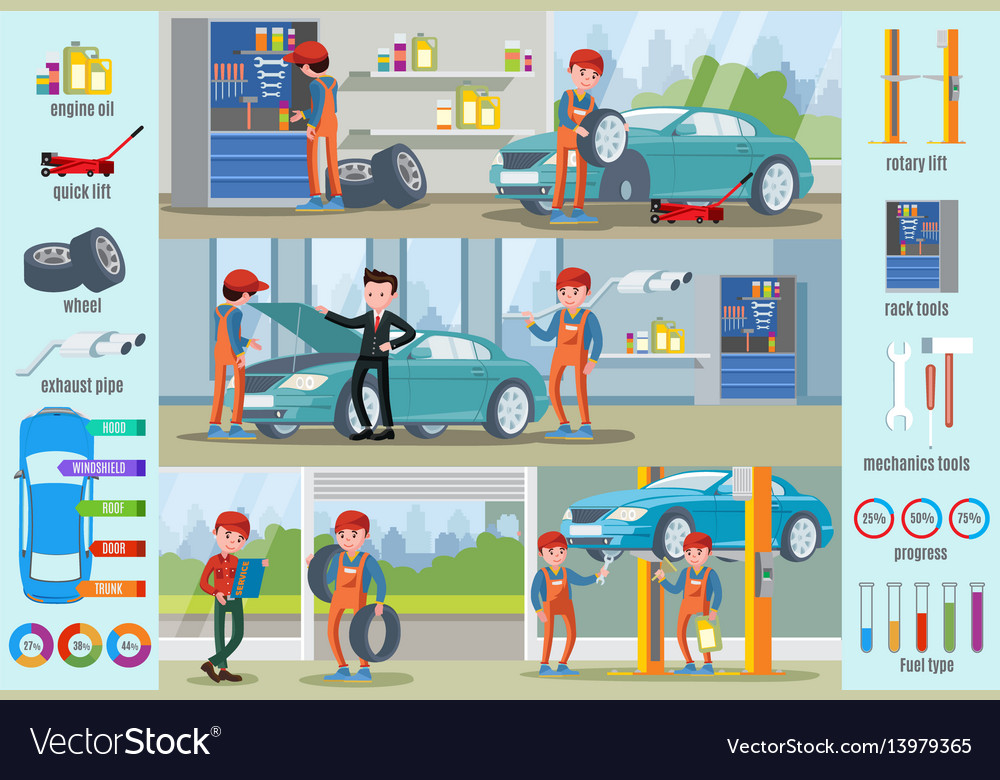Translating Your Vehicle'S Warning Indicators: What They Truly Symbolize
Translating Your Vehicle'S Warning Indicators: What They Truly Symbolize
Blog Article
Author-Samuelsen Stark
When you're behind the wheel, those radiant warning lights on your control panel can be a bit complicated. Do you know what they're trying to tell you about your automobile's health? Recognizing the significance of these lights is important for your safety and the long life of your lorry. So, the following time one of those lights pops up, would not you want to decipher its message precisely and take the essential actions to address it?
Common Warning Lighting and Interpretations
Identify typical caution lights in your cars and truck and understand their significances to make certain safe driving.
The most common caution lights consist of the check engine light, which signals issues with the engine or exhausts system. If this light begins, it's essential to have your car inspected immediately.
The oil stress cautioning light suggests low oil pressure, calling for prompt focus to prevent engine damages.
A blinking battery light may suggest a defective charging system, potentially leaving you stranded otherwise resolved.
The tire pressure monitoring system (TPMS) light signals you to low tire pressure, impacting lorry security and gas performance. Ignoring this might result in hazardous driving problems.
The abdominal muscle light shows a trouble with the anti-lock stopping system, endangering your ability to stop quickly in emergencies.
Finally, the coolant temperature level cautioning light warns of engine getting too hot, which can result in extreme damage otherwise solved swiftly.
Understanding these typical caution lights will certainly aid you resolve issues without delay and preserve safe driving problems.
Significance of Prompt Focus
Comprehending the usual warning lights in your auto is only the primary step; the relevance of quickly resolving these warnings can't be emphasized sufficient to ensure your safety and security when traveling.
When a caution light illuminates on your control panel, it's your vehicle's way of connecting a prospective problem that needs focus. Overlooking related resource site can cause more severe issues down the road, jeopardizing your safety and possibly costing you more in repairs.
Motivate interest to cautioning lights can protect against break downs and accidents. For instance, a blinking check engine light could indicate a misfire that, if left ignored, might cause damage to the catalytic converter. Resolving this promptly can conserve you from a pricey repair work.
In read article , a brake system advising light may indicate reduced brake liquid or worn brake pads, important parts for your security when driving.
DIY Troubleshooting Tips
If you observe a caution light on your dashboard, there are a couple of do it yourself repairing suggestions you can attempt prior to seeking specialist help.
The very first step is to consult your auto's handbook to recognize what the particular caution light indicates. In some cases the problem can be as straightforward as a loosened gas cap causing the check engine light. Tightening the gas cap may fix the problem.
One more typical problem is a reduced battery, which can cause numerous alerting lights. Checking the battery connections for deterioration and ensuring they're secure could take care of the problem.
If a caution light continues, you can attempt resetting it by separating the car's battery for a few minutes and afterwards reconnecting it. Furthermore, examining your lorry's liquid degrees, such as oil, coolant, and brake fluid, can help fix warning lights associated with these systems.
Final thought
To conclude, recognizing your automobile's warning lights is important for maintaining your lorry running efficiently and safely. By immediately dealing with these informs and understanding what they indicate, you can avoid costly repair services and potential failures.
Keep in mind to consult your auto's guidebook for certain details on each alerting light and do something about it appropriately to guarantee a hassle-free driving experience.
Keep notified, stay secure on the road!
